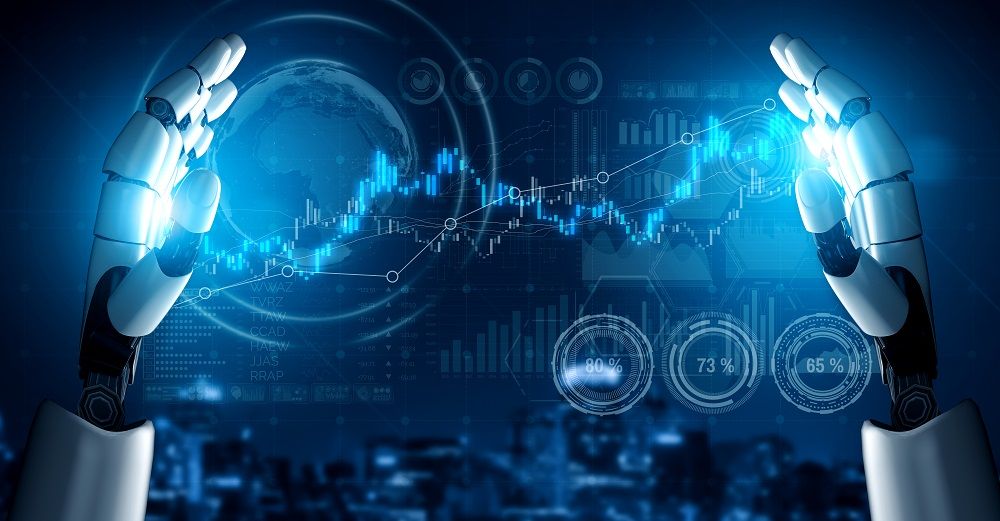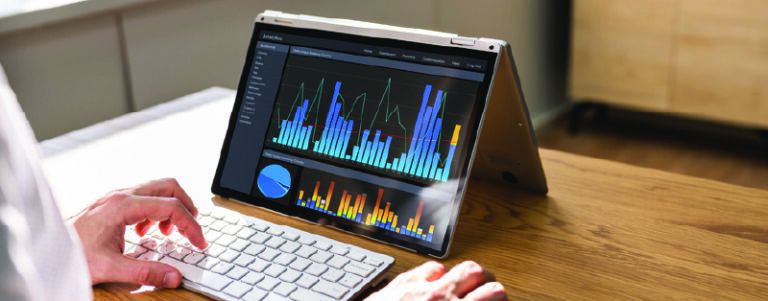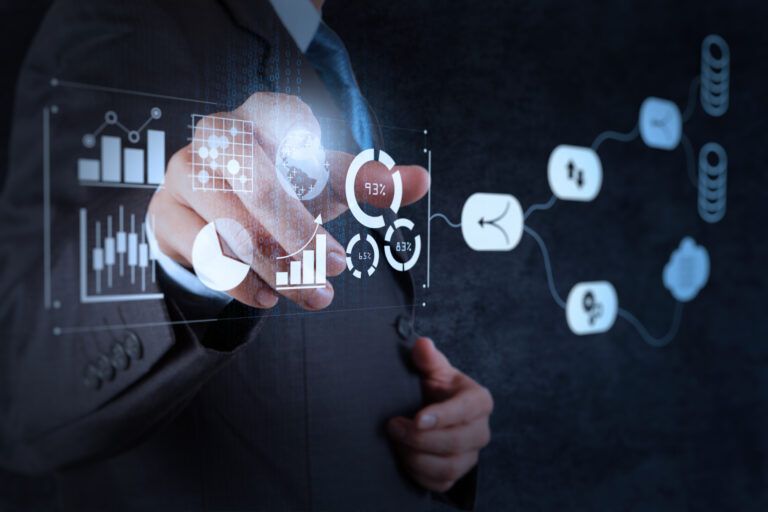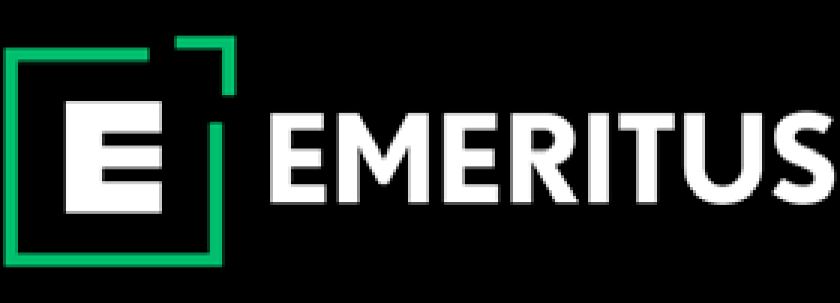R, Tableau, Python: A Comparative and Competitive Analysis

You should note that the era of data analysis has arrived already! Right from enterprises to individuals, data analysis and big data are trending, and everyone has become familiar with them. However, there might be cases where individuals might not have professional knowledge about programming and data analysis.
Sometimes, enthusiasts learn about data analysis theory, but they cannot really practice it. This article will compare and discuss the three popular data analysis tools – Tableau, R, and Python. Stay tuned until the end to clearly understand all the tools. Let’s dive in.
Data Analytics Courses
How To Pick Out the Right Tool for Data Analysis?
First things first. You must know that not all data analysis tools are created equally. There are a plethora of diversities that are found within the data sets. Tools like Tableau certainly make data visualization immensely easy. However, the data is not always formatted properly, so it can be consumed very easily.
While you are looking forward to picking up the right tool, you must be able to answer a few questions such as:
- Do you have permission to use the data? Is the data proprietary? Do you possess credible and valid credentials?
- How do you store your data? Is your data stored as XML, JSON, or in a Relational database or SQL?
- Does your data require updating? Even if it does, what is the frequency? Does your data stream?
- Is your data safe and secure?
- What do you expect from the competitive analysis? Do you require charts, maps, or tables?
When Should You Use R?
R comes with an open-source nature. And this is exactly what makes it immensely popular in the world of data analytics. With R at your disposal, you can seamlessly connect with almost any data source. And while connecting to online data, you can use certain commands to make requests. Almost all the database and file types in R are supported with an intensive library.
The best part about R is that it hosts some remarkable data-wrangling libraries. These libraries have essentially revolutionized how data visualization and manipulation are conducted. Most importantly, the code of R is extremely easy to write, read, and work flawlessly.
When Should You Use Tableau?
Tableau comes with excellent out-of-the-box connection capabilities. It can instantly consume multiple types of files and establish connections with various databases. Tableau also has pre-built connections to a plethora of services. And since it is immensely flexible, it is the first choice for almost every data analyst.
Whenever you have any geospatial data, you can consider using Tableau. It helps in saving lots of time as it seamlessly handles the maps and latitude or longitude. It can also handle ShapeFiles very easily, thereby making mapping incredibly easy. All you need to do is drag and drop, and all other things will be taken care of.
When Should You Use Python?
Python has always remained a primary choice for most data analysts. In most cases, Python is used in production environments and is least used in data exploration. One of the biggest advantages of Python is that it enables sharing exploration with an enormous group of people. In fact, using virtual environments is quite easy, fast, and dependable.
And with just a simple line of code, you can ensure that the packages are similar to that of the author. Python is also remarkable at handling streaming data. So whenever you are in need of “real-time” data, you’ll surely be proficient with Python. Above all, NASA and CERN deal with quite a lot of streaming data by utilizing Python.
Also, using Python is always an ideal choice whenever you have obscure data. And where there is a large user base, it is likely that someone built a package only to parse your data. In fact, using a package will help you save big time, trouble, and money.
When Should You Mix R, Tableau, and Python?
You might not really know when to mix the tools for data analysis. So, to become effective, you should start thinking about how your data is acquired. You also need to determine how exactly you want your final output to look. And finally, you need to figure out the transformations that you will require to achieve your goal. This will enable you to mix the tools for:
- Using Python to scrape the data regularly and store it within the database.
- Using R to acquire data within a tidy format for analyzing further.
- Using Tableau to visualize all the probable results.
To conclude
The career options for data scientists and data analysts have been thriving in recent years. In fact, the demand for these professionals is enormously increasing, and they are also offering a high pay scale. So if you are willing to pursue a career in the same, you can consider enrolling yourself in a course from Emeritus India. The top-notch data science and analytics courses will enable you to conquer the competitive market.
Frequently Asked Questions:
Is it possible to use Python and R in Tableau?
Tableau is nothing but a reporting solution and visual analytics that establishes a direct connection to Python, R, and more. It is specifically designed for those domain experts who have a clear understanding of the data.
Which option is a better fit for data analysis – Python or R?
For those who are immensely passionate about the data visualization and statistical calculation parts of data analysis, R is best for them. On the other hand, Python is best for those interested in working with big data and becoming a data scientist. So basically, the best-suited programming language entirely depends on the particular interests of data analysts.
Which programming language is better for visualization – R or Python?
Python makes it quite easy to embed with code and shows the visualizations by importing parameters and libraries. And the R programming language makes it quite easier with the built-in functions. But the live visual representations and scalability are not quite possible.
What is the reason Python is faster than R?
You will probably know that Python always has better performance. And it is also true that Python codes pretty quickly. It hosts a seamless and easy syntax that enables you to create numerous fast, clean applications. In fact, you will not have to deal with any overcomplicated source code. On the other hand, R is a pretty complex language. And that is the reason why the performance is extensively reliant on the way you have been using the code.
Which are the best programming languages that can be used for data visualization?
Here, we have listed the top 8 programming languages that suit best for data visualization:
- R
- Tableau
- Python
- Scale
- C/C++
- Java
- Go
- Julia






